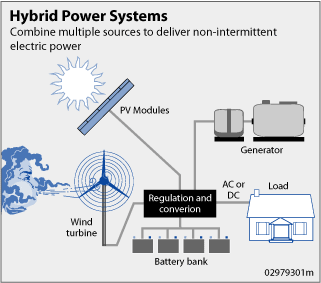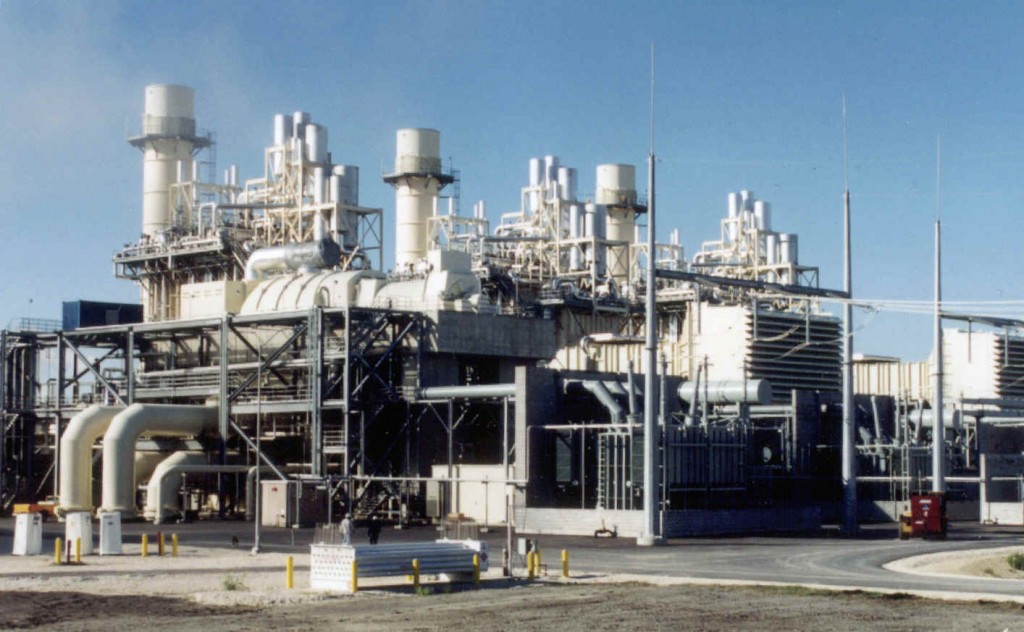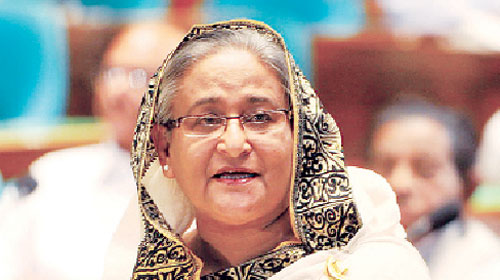 “Wind turbines are not for everyone. Make sure they are for you before you make the investment.”
“Wind turbines are not for everyone. Make sure they are for you before you make the investment.”
That’s according to Bill Haman, industrial program manager at the Iowa Energy Center, addressing about 160 people from across the state and beyond during Le Mars’ Wind and Solar Energy Conference Wednesday.
He and other speakers gave the crowd the skinny on wind energy — including valid reasons to invest in projects — or not.
Haman, the first speaker of the day, also wrapped up the conference with a talk on solar energy as an alternative to wind.
“Maybe wind isn’t the best choice for you right now,” he told the crowd. “Two years ago people couldn’t really afford to build solar energy. Today that picture has reversed. The price for solar energy has dropped like a rock.”
When Haman polled the crowd, about 20 people said they are interested in putting up their own wind turbine on their property.
Another 30 people said they are interested in tapping into solar energy.
Today, the price of solar energy technology is about half what it was two years ago, he said.
There are two main reasons for the price drop, Haman explained. The first: China recently opened the largest plant in the world manufacturing the silicon used in solar panels (and also in computers). The other reason: the world recession, making demand drop while the supply grew.
“This window of opportunity may be short,” Haman cautioned.
For an average household consuming 900 kWh (kilowatt hours) of electricity per month, an installed solar system might cost in the range of $35,000 to $42,000 today, Haman estimated.
For a wind turbine that would generate at least as much energy, the cost would be closer to $50,000-$60,000, he said.
Haman explained how people can use solar calculators provided by the Iowa Energy Center to determine what kind of solar project would work for them.
Speaking about the global energy crisis, Haman said solar energy should be the energy of the future — but only if we can find a cheaper way to harness it.
“The sun delivers enough energy to this Earth in one hour to power the entire world population for a year,” he said.
Right now, the best solar energy systems are about 43 percent effective, but they cost about $1,000 per watt — about $1 million per kW.
“I can’t afford to do that today on a commercial scale,” he said. “But in the next generation, our challenge is not to find new energy sources, but how to make it affordable.”
One of the audience members, Bill Heitert, of Carson, said he came because he and a partner, Jamie Aggen, are designing a large-scale solar farm with a wind energy supplement — roughly 20 megawatts.
Right now, the duo is working on funding as well as choosing and purchasing land.
“I’m here to get as much information as I can with the process,” Heitert said.
Earlier in the day, Haman armed the crowd with information they’d need if they are interested in investing in a wind turbine.
He said wind power might pay off if people are using the power directly, replacing electricity they’d buy from a utility company.
Right now, electricity costs about 9 cents per kWh, he said.
But putting up a turbine with the idea of selling the electricity back to a utility company and getting rich won’t get people very far, Haman said.
The company won’t pay retail price for that electricity, but instead it will probably pay a portion of the cost — about one-third, or 3 cents per kWh, he said.
And putting up a turbine to use as backup power might also be a poor plan because many turbines rely on the electricity grid to function, Haman noted.
He instructed people interested in investing in wind to do their research before putting any turbines up.
“Let’s put on our realtor’s cap and think ‘location, location, location,'” Haman said.
The elevation, nearby obstacles and wind speed at a site help determine how effective a wind turbine will be, he said.
Other speakers Wednesday discussed legal issues, zoning laws and grants and loans available for people interested in generating alternative energy through things like wind turbines.
“There has not been a time in my lifetime when there have been more incentives available to build wind projects or solar projects,” Haman said.
He recommended that people interested in putting in wind or solar energy improvements let their utility company know as soon as possible.
“Your utility company will be your biggest and best partner in this,” he said.
But Haman told people not to invest in alternative energy as their first step.
“Before you go down to your bank and start financing a project, there’s one thing you should do first,” he said. “Spend your first dollar on making your home, your farm, your business as energy efficient as you can.”
The return on the dollar invested in that will be a lot quicker than with alternative energy, Haman said.
And if you still build alternative energy afterward, the size of that alternative energy system will be smaller, saving money there, too, he said.
For more information, including a calculator to estimate the wind generation or solar generation at your property, visit the Iowa Energy Center’s website at www.energy.iastate.edu.
Other wind energy facts from Haman:
* When wind turbines and wind farms are rated at a certain number of kilowatts or megawatts, that doesn’t mean that’s what they will produce every day. That’s the maximum.
“Most of the time it’s substantially less — about one-third,” Haman said.
* In years when federal tax credits for wind energy expired, wind energy development dropped significantly.
* North Dakota, South Dakota and northwest Iowa are considered the nation’s “Saudi Arabia” of wind, but little of that energy is actually harnessed with wind turbines because there is not big enough transmission lines to bring that electricity to where the demand is, Haman noted. Even in Iowa, the northwest region has the best wind resource, but there are less wind turbines there than elsewhere in Iowa because the amount electricity of load used in the area is not as high.
* Iowa is the 10th windiest state and has the second most wind energy generation. Texas has the most.
* Iowa’s 2,500 utility scale turbines together produce about as much energy as two coal plants.
Author : Magdalene Landegent
© Source : Le Mars Daily Sentinel. All rights reserved.




































